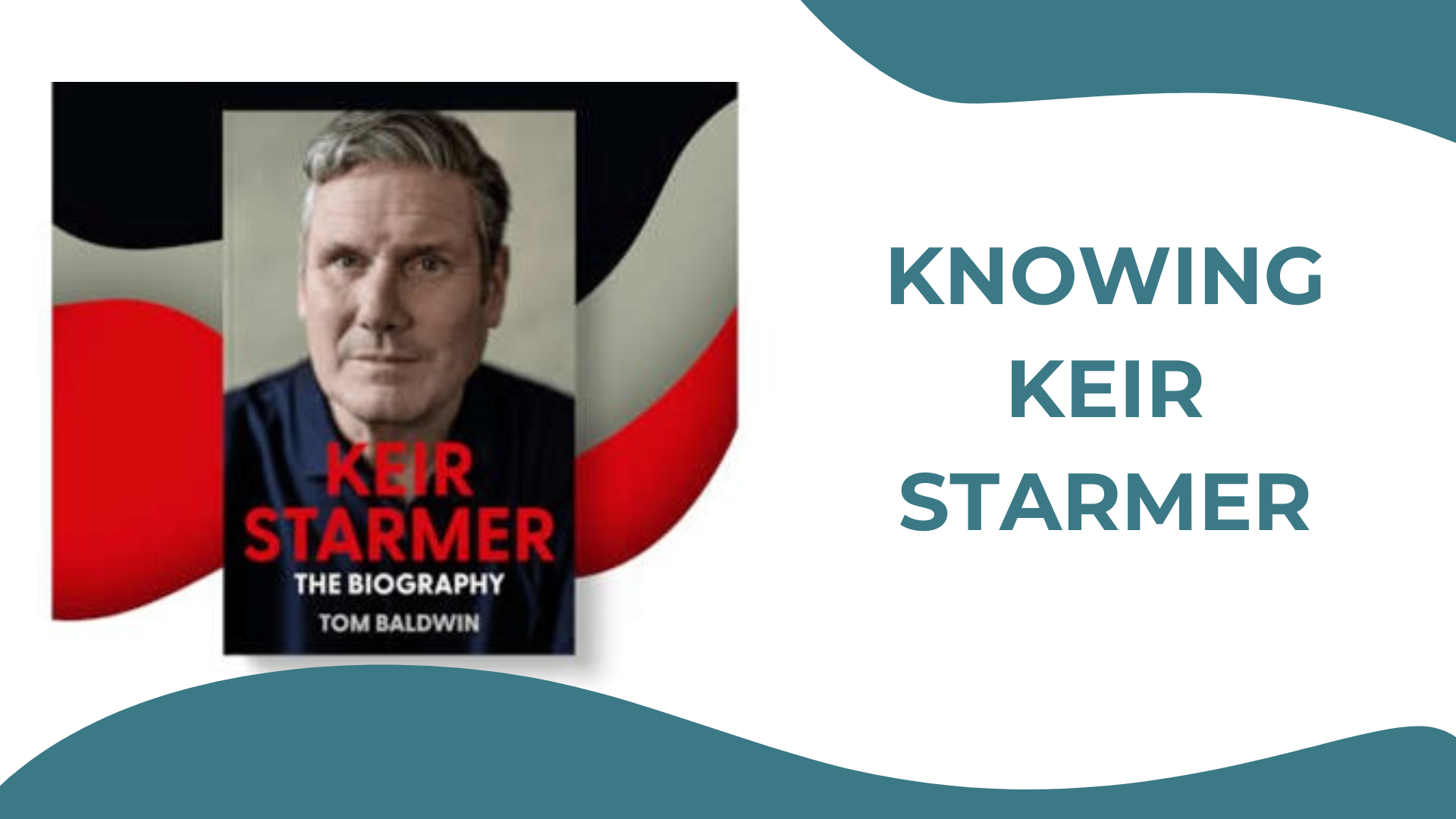‘Culture is what happens when the CEO isn’t in the room’
John Collinson, CEO Stripe
If Peter Drucker’s adage that culture eats strategy for breakfast is right, why is it that we spend comparatively less time in being intentional about the development of our culture than we do on strategy and business planning?
However difficult to shift, we can’t ignore culture. Culture expresses the true identity of the organisation – who we really are and not how we’d like to be. When our strategy and culture are aligned people notice and great things happen. To achieve this is tough and probably the greatest challenge for leaders. Strategic and cultural alignment does not emerge through a liberal sprinkling of fairy dust, but through many intentional actions that deliver repeated, appropriate outcomes.
So how do we thinking systemically and systematically about culture shift?
Over the years our ‘go-to’ authors on culture have been Ed Schein (the granddaddy of our understanding about organisational culture, John Katzenbach and Barry Oshry. These are still relevant sources for anyone wanting to think more deeply about culture, so look them up if you aren’t familiar with their work.
What we’d like to share in this article is a new book about culture published this year by Kirsty Bashforth called Culture Shift: A Practical Guide to Managing Organizational Culture.
If culture is the social glue that helps hold organizations together, we all know that glue continues sticking long after we do not want it to stick anymore. The interlocking set of goals, roles, processes, values, communications practices, attitudes and assumptions which all comprise an organization’s culture fit together as a mutually reinforcing system and combine to frustrate attempts to change it. That’s why quick fixes to organisational culture are often a flash in the pan. Such interventions may appear to make progress for a while, but eventually, the interlocking elements of organizational culture take over and the change is inescapably drawn back into the existing organizational culture. Whether we like it or not changing a culture is a large-scale, long-term undertaking.
Such an undertaking is, according to Kirsty Bashforth a blend between the unrestrained creativity of artistic expression and science. In her well-researched book she shows us how to exercise this craft so that we can be sure that the culture really does shift. What impressed us most about her work is the fact it does exactly what it says on the tin. It really is a practical guide and she tells it how it is:
”Shifting and managing culture is not about telling people what to do and expecting them to neatly fall in line, but about recognising where they really are and how they make decisions; all so that you can start to shift the environment, influencing them to make different decisions and form new habits”.
Top 6 Takeaways from the book Culture Shift
This a lot more in the book than this list, but our top takeaways from Kirsty’s book Culture Shift are:
- Align, Align, Align: An effective culture enables and reinforces the delivery of your strategy. It’s not simply about being a lovely place to work, whilst underperforming and being ineffective. It’s about making decisions and behaving in ways that lead to the best outcomes for your customers, employees, stakeholders, communities.
- It’s never a culture change programme: Shifting culture is not a one-off event or a change programme. It’s a combination of many interactions within the organizational system.
- Beware of the over-optimism bias: Culture change takes time. New habits need to form. New routines need to embed. In our own research into bias we highlight over-optimism in the work of The Gambler. Shaping culture is a constant activity not a milestone on a project plan.
- Hands-on for senior leaders: Senior leaders have an important part to play in constantly communicating the purpose and in role modelling behaviours. We know that what leaders do gets noticed and leaders need to be noticed doing the right things.
- Engage the whole organisation: How leaders role model behaviours, set tone of voice and create the right environment is important (see above). But, as culture is the product of how we all work together, culture shift will only occur if all are included.
- Get feedback: Understand how things are landing and what’s really happening on the ground. What we intend is not always what is received. Make adjustments and learn as you go.
What we also liked about this book is that Kirsty highlights how behavioural economics is helping us understand better how we can shift cultures. This, along with what we are learning through research in neuroscience and cognitive psychology, is the science part of culture change and an area we all need to become more aware of.
The work of managing culture is never done, but if you are in the driving seat for any initiatives in your companies to change the culture we would recommend Kirsty’s handbook as your Sat Nav. It is filled with useful anecdotes, case studies, practical tips and straight-talking advice and, importantly, it’s an easy read!
Things to think about:
- What strengths in your current culture will help your organisation deliver its strategic ambitions?
- What aspects of your current culture get in the way of your organisation delivering its strategic ambitions?
- Are people talking about these cultural strengths and barriers in a way that will enable your organisation to take action?
Liked this blog? Discover many more insights on Mightywaters, or get in touch with us, we’d love to hear from you.




